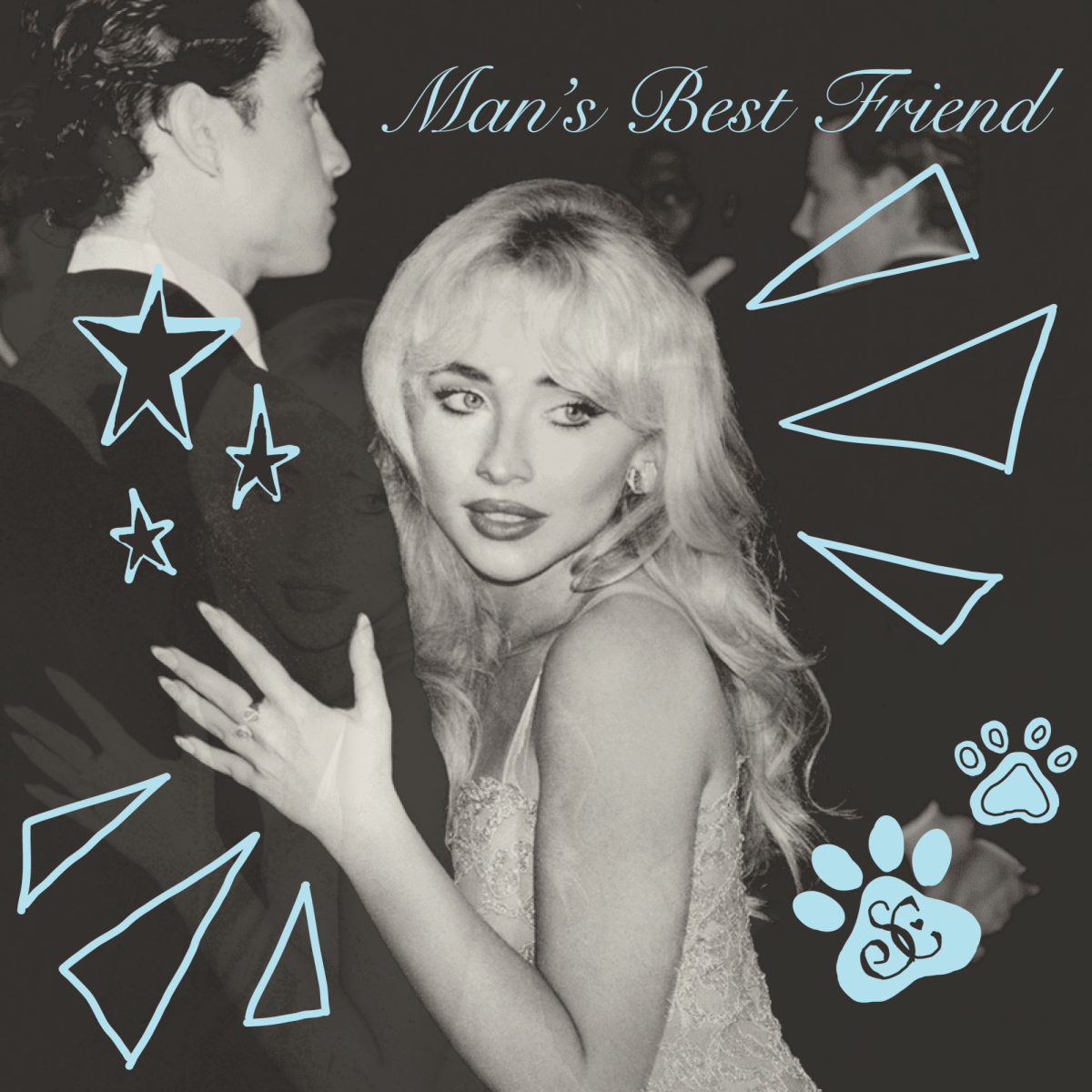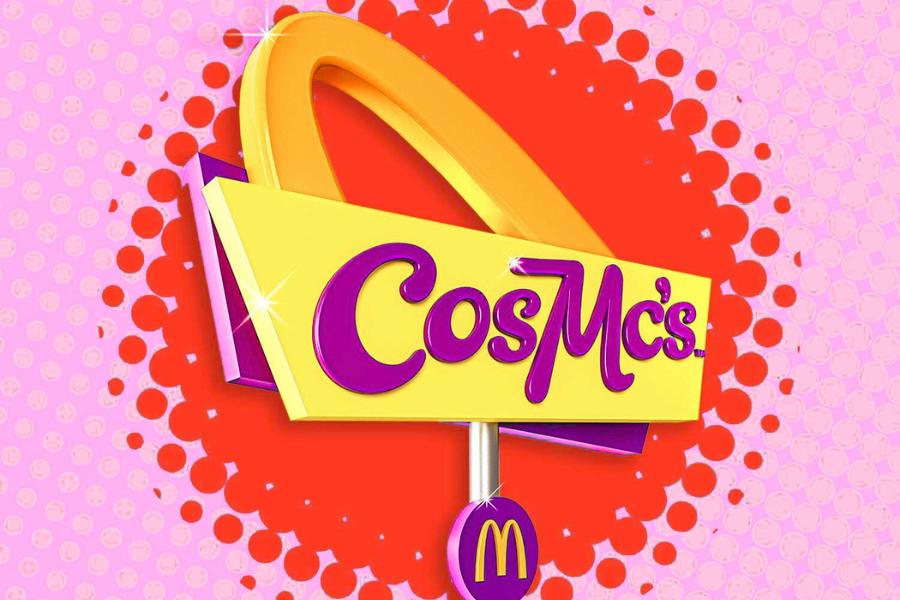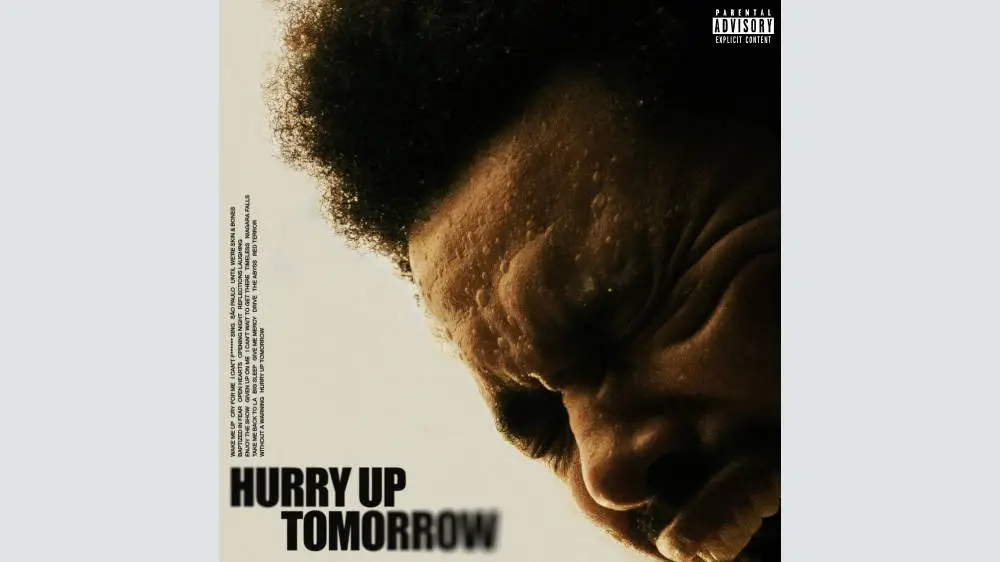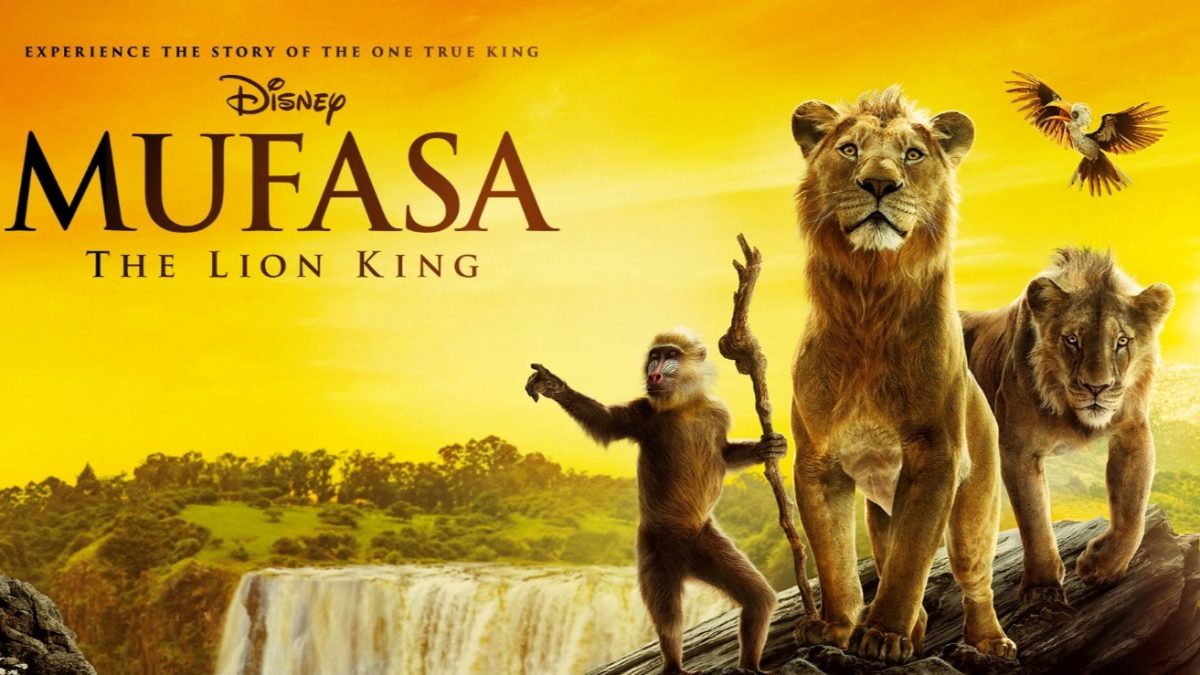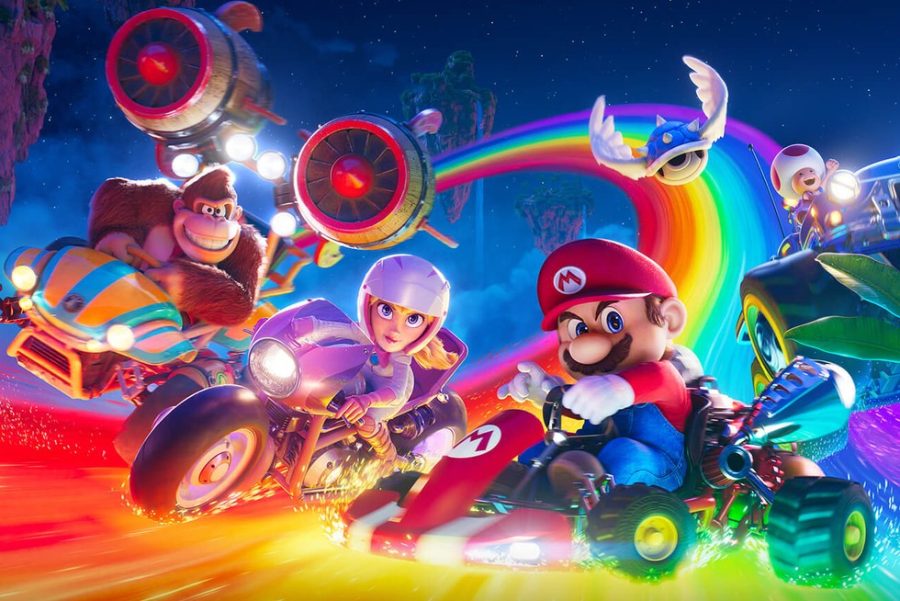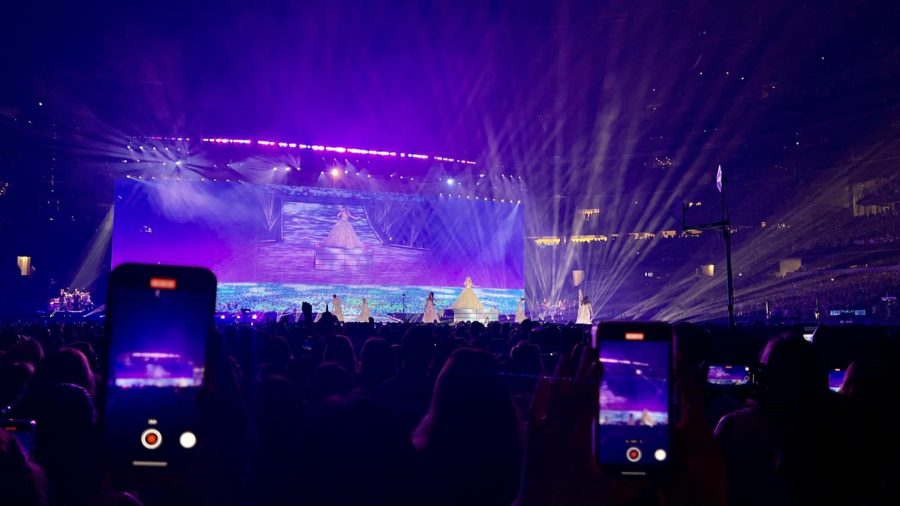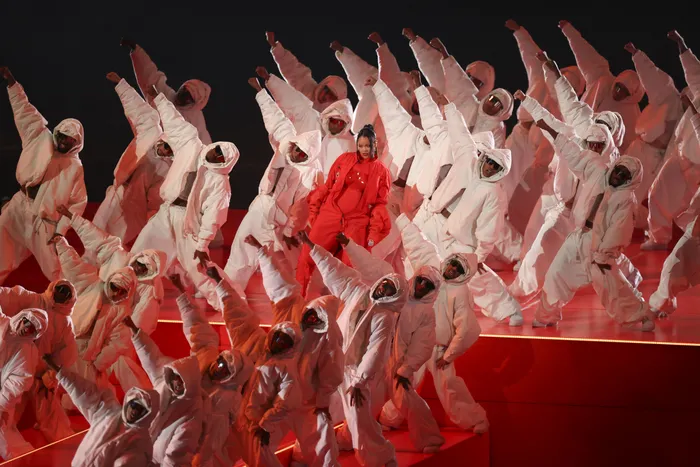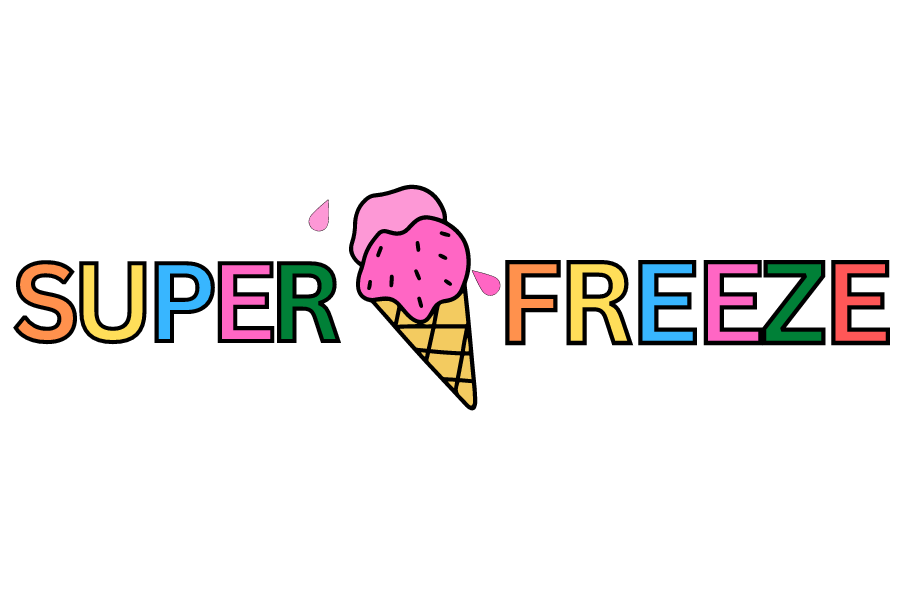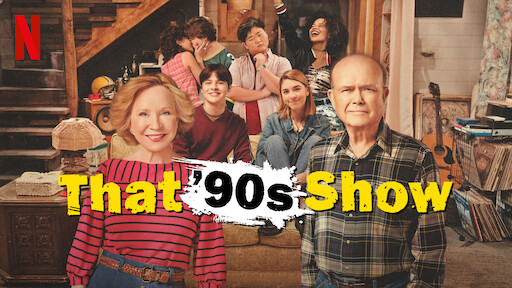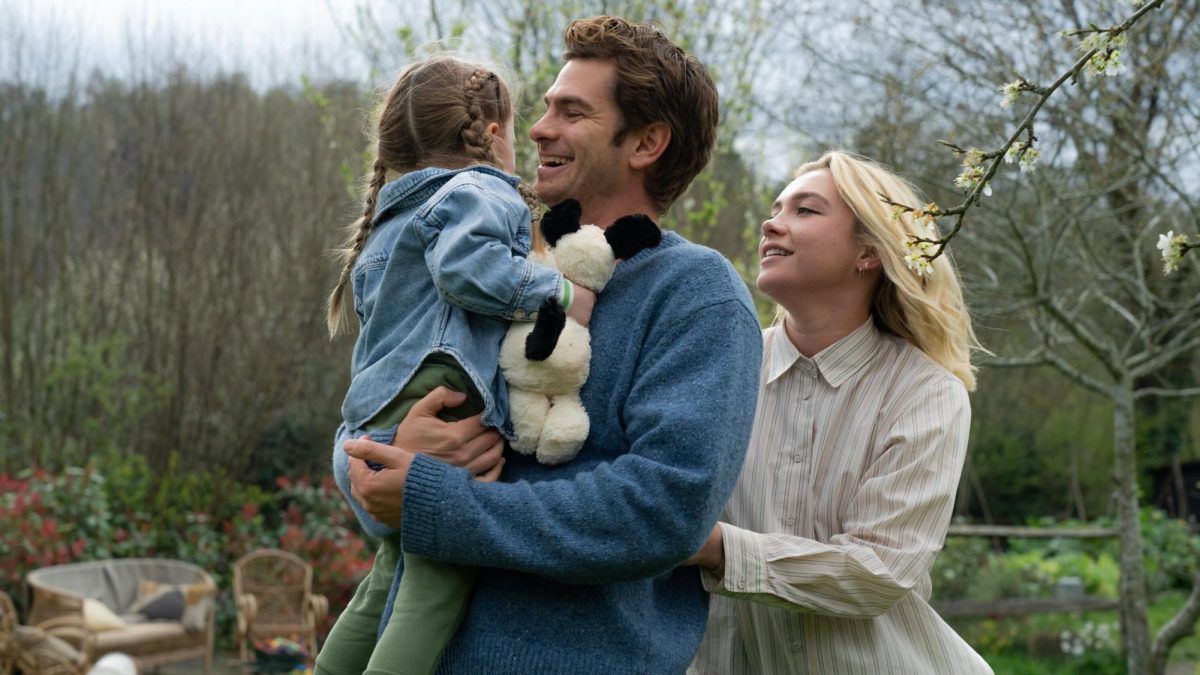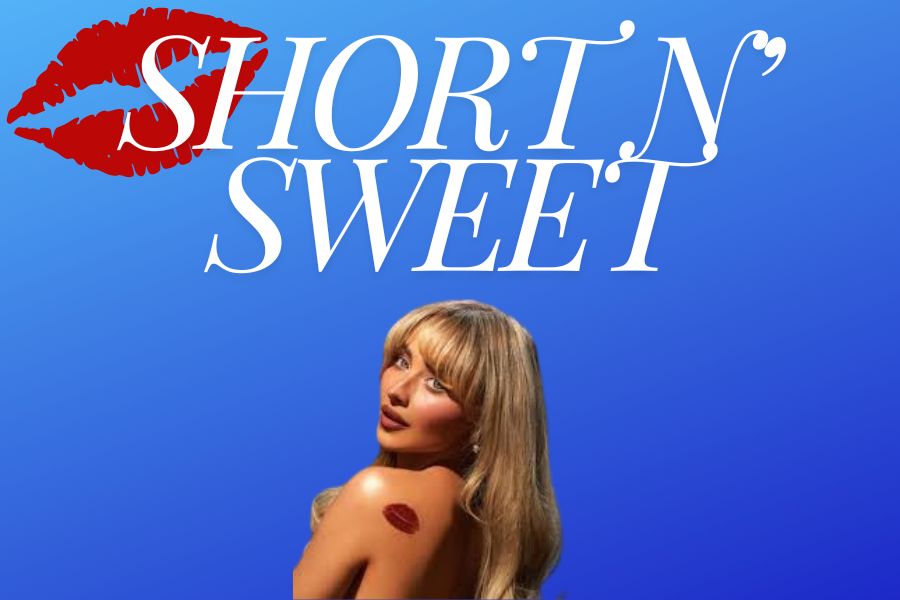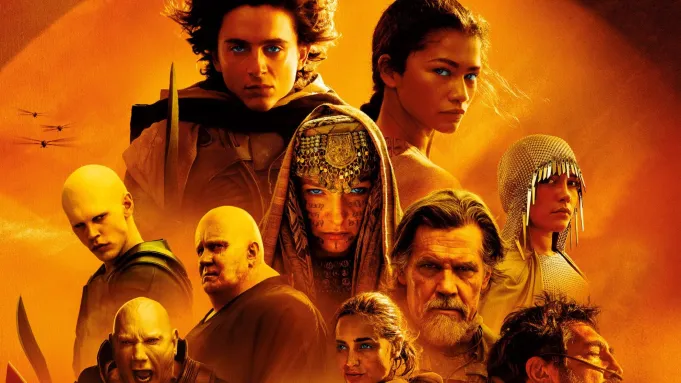It’s the return of the age old “the book is better than the movie” argument. In a time where young adult books, like Harry Potter and Twilight, dominate the cinema box office and capture the interest of many different age groups alike, viewers can expect a new addition to this growing trend in the form of The Hunger Games.
The book, written by Suzanne Collins, was published on September 14, 2008 to much critical acclaim. The Hunger Games, the first of a trilogy of the same name, is set in the distant future of a dystopian North America (now the oppressive nation of “Panem”), where the former United States has been split into twelve districts that are each exploited for a different natural resource or manmade product (i.e. coal, lumber, etc). As punishment for an uprising of the districts against their authoritarian leaders that took place 74 years before the book even begins, two children (one boy and one girl between the ages of twelve and eighteen) are selected at random from each district to compete in the annual “Hunger Games.” In these games, the 24 kids, called tributes, are released in a massive outdoor arena and must fight to the death. The last tribute left standing receives a ticket home in addition to extra rations for their own district (in a world where food is limited).
The story follows Katniss Everdeen, a 16-year-old girl from the most oppressed district of all, as she tries to support her dependent, widowed mother and younger sister. Her life takes a turn for the worse when her younger sister is selected for the next Hunger Games, but Katniss volunteers to take her place. Her situation thickens when the selected male tribute from her district, Peeta Mellark, turns out to be one of the few people who has shown her kindness in her gritty, poverty stricken life. The ensuing events weave a plot that any right-minded reader will not want to miss.
One of the obvious positives for the novel is the sheer originality. The concept of the “Hunger Games” themselves will surely appeal to any reader who enjoys intense action and will likely attract other readers simply through Collins’s writing prowess. She manages to focus on all things readers will find interesting (i.e. fight scenes) and avoids things that slow the book down (i.e. walking around doing nothing).
Although the beginning is a bit slow in parts, once Katniss makes it to the arena, the book is nearly impossible to put down. She is always under a constant barrage of obstacles, and the ways in which she overcomes them is creative and entertaining. Collins has mastered the art of the cliffhanger, with each chapter ending with a large enough twist to keep the reader interested. Readers will need to secure themselves some free time before picking up The Hunger Games; chances are that they will be tied up for a hefty chunk of time before they can muster the large amount of self control necessary to put the book down.
Collins also obviously knew her target audience when writing the story. Character development takes place through both slow, dialogue-centered parts, as well as through intense action sequences. The reader is rarely bored with the events of the book, as the plot seems to progress almost effortlessly. It is one thing to present an original idea that has never been explored before – it is another thing to present it in such a way that it draws readers in and keeps them interested for the entirety of the story.
Keeping all of the positives in mind, the book does have a minor flaw: in parts, the plot seems to move very slowly. This may be due to the fact that most readers already know of the highly exciting arena that begins at least 100 pages into the book, which therefore seems to make the exposition of the plot move at a snail’s pace. The plot also seems to fluctuate during certain parts and move slowly in others. This can likely be attributed to Collins’s ability to write multiple climaxes; that is, she seems to have written the story to approach certain high points (that seem to occur in the blink of an eye) and intersperse them between slowly-moving, dialogue driven parts. Although this often makes reading feel like a chore, the reader is rewarded with some of the best, most thrilling reading that can be had in any recent book.
Another thing that must be kept in mind is the considerable amount of violence in the story. Don’t go into the book expecting another era of Harry Potter or Twilight. The theme of violence begins at the very beginning of the story, with Katniss explaining (in grisly detail) the death of her father at the hands of an explosion in a mineshaft. The arena takes violence to an entirely new level in young adult books, as kids are mutilated and killed in a variety of gruesome ways that may seem a bit sickening to some readers (due to the vivid detail in which Collins describes them). That being said, The Hunger Games may not be a good choice for the youngest of young adults. Although it is easy to read, the political and violent undertones, that are constant throughout the entire book, offer a story tailored to more mature readers.
With The Hunger Games, Suzanne Collins has created something original that many readers have likely never experienced before. It is an addictive read that will keep readers at the edges of their seats chapter after chapter, and offers an original plotline that will intrigue, excite, and thrill all readers alike. It is certainly a novel that readers will not want to miss out on. The trailer for the movie adaptation of the book (to be released on March 23) has sparked some excitement, but due to the violent and brutally vivid action sequences, fans must read the books for the entire Hunger Games experience. The film’s PG-13 rating will almost assuredly not represent the book in all of its shocking and gruesome glory. Any reader interested in the movie who decides to pick up the book will certainly not be disappointed. The Hunger Games offers a reading experience like no other, and will keep new readers interested and addicted from the first page to the very last.



